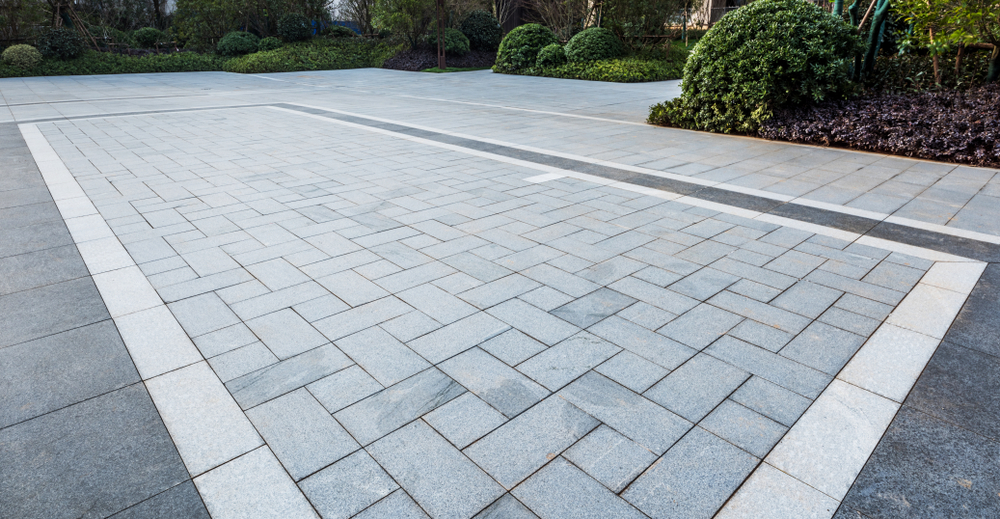Feb
How to Lay Block Paving?
- 2023
- admin
How to Lay Block Paving?
Block paving is a great way to improve the appearance of your outdoor area. But before you start, it’s important to plan the area where you want to lay the block paving. This will help ensure that the installation process goes smoothly and that you get the best possible results.
With careful preparation and attention to detail, you can achieve a professional-looking finish with your block paving installation. In this blog, we’ll discuss some tips and how they can help make sure that your project is a success.
Tips for Planning Your Block Paving
Plan the Area
Installing pavement is a great way to improve the appearance of your outdoor space. But before you start, it’s important to plan the area where you want to lay the block paving. This will help ensure that the installation process goes smoothly and that you get the best possible results.
Prepare the surface
Before you can start the paving process, it’s important to make sure the surface is ready. This means removing any existing surface, such as grass or gravel, and digging out the area to a depth of at least 150mm. Doing this will ensure that your block paving installation will be properly secured and last for years to come.
Lay the Blocks
Lay the blocks on the sand bed, making sure that there is a gap of 2-3 mm between each block. Starting at a corner lay the blocks on the sand bed, leaving a gap of 2-3 mm between each block. Make sure the blocks are level and use a rubber mallet to tap them into place.
Cut the Blocks
When you need to cut the blocks to fit around edges or corners. To make this process easier, you should use a block splitter or a diamond blade saw. These tools will help you get the precise cuts needed for your block paving installation and ensure that the finished product looks professional and neat.
Add Edge Restraints
To ensure the longevity of your block paving installation, it is essential to add edge restraints such as concrete or plastic around the perimeter of the blocks. This will help to hold them in place and prevent them from shifting over time due to weather or other factors. Edge restraints are easy to install and will provide long-term protection for your block paving installation.
Add Jointing Sand
To complete your block paving installation, it’s important to add jointing sand. This step ensures that the blocks are held firmly in place and that the surface is even and level. Jointing sand also helps to prevent weeds from growing between the blocks, making your project look great.
Compact the Blocks
Finally, use a plate compactor to compact the blocks and the jointing sand together. It is important to compact the blocks and jointing sand together properly.
Thank you for reading our blog ‘How to Lay Block Paving’. At Dares Surfacing, Our approved paving experts specialise in all aspects of paving, as we pride ourselves on our great reputation and the complete satisfaction of our customers. Get in contact with us today!


